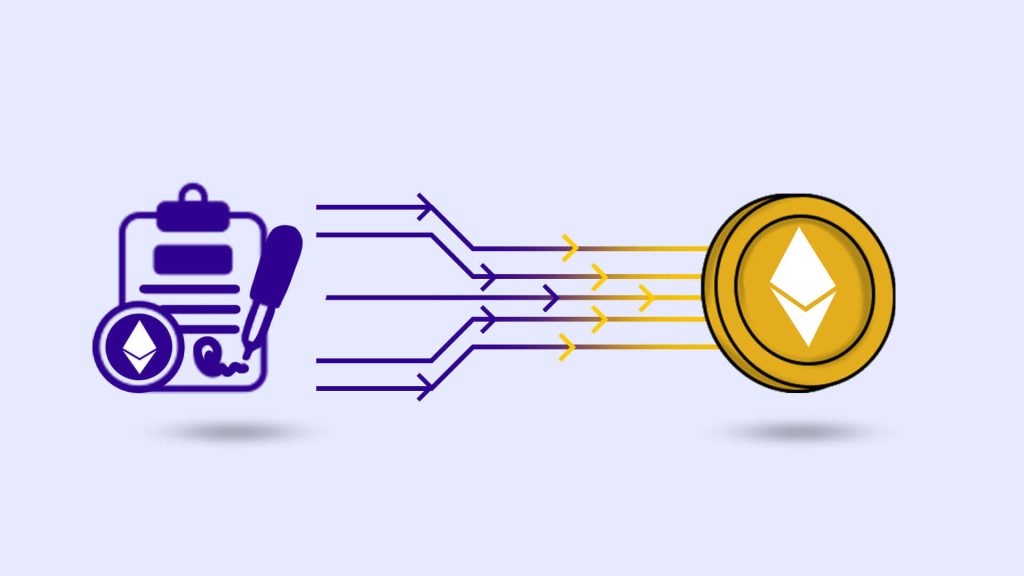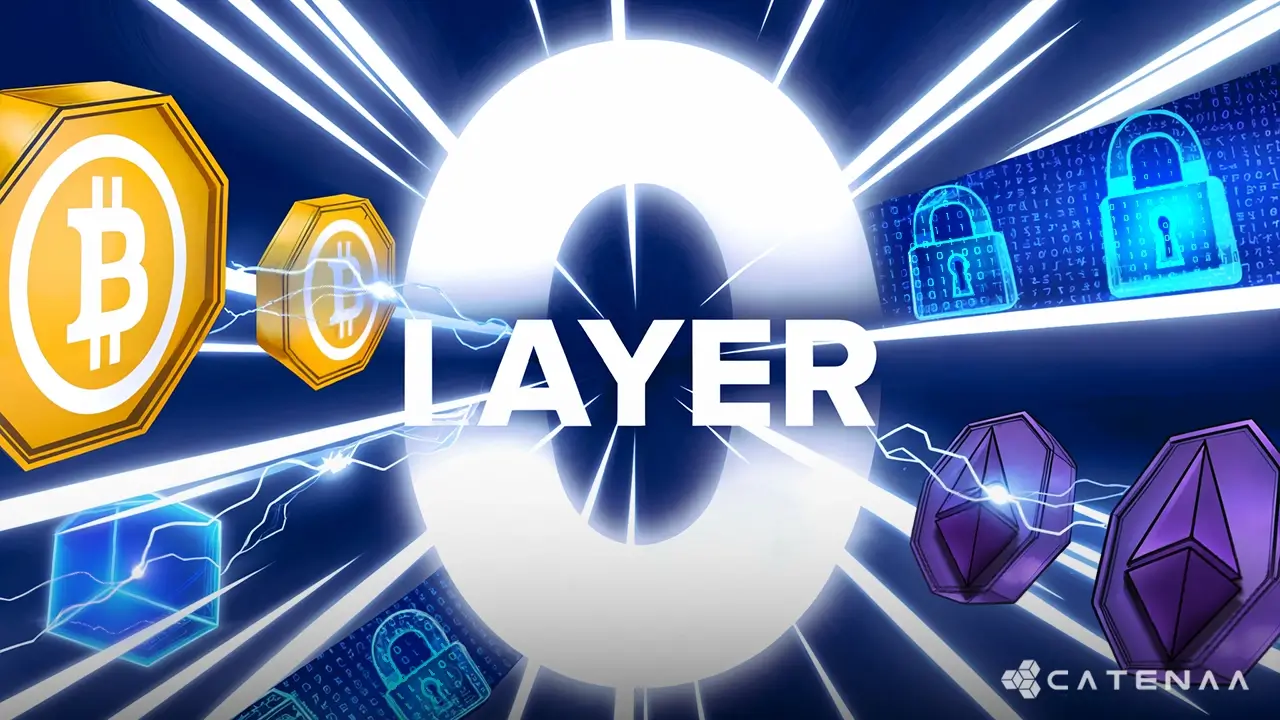Table of Content
The Request for Comment (ERC) is a technical protocol that proposes modifications or enhancements to the network. It provides developers with a set of specifications or instructions to create applications and smart contracts that function within the ecosystem.
These protocols are developed and maintained by the community, undergoing a process of testing, review, and debate before being finalized and implemented. Decentralized apps (dApps) and other blockchain-based solutions may be developed using an ERC after it has been integrated as part of the Ethereum protocol. 1
What is ERC-20, and how does it interact with the Ethereum network?
ERC-20 is a protocol that facilitates the creation and management of tokens on a blockchain. It defines a standard set of rules and functions to ensure consistent and predictable interactions with tokens. These tokens are fungible, meaning they can be exchanged seamlessly with others of the same type and hold a predefined value. Due to their broad compatibility, ERC-20 tokens have become widely adopted for various tokenization projects, including initial coin offerings (ICOs).

Developers can create and implement decentralized applications (dApps) and smart contracts on a blockchain network, making a common token standard essential for seamless functionality. Many well-known tokens, including DAI and USDC, follow the ERC-20 standard, which has contributed to its widespread adoption.
To create a new ERC-20 token, a user must write a smart contract that adheres to this standard. The contract defines the token’s total supply and establishes the rules for its management and transfers.
Once the smart contract is created, the token can be launched on the network, allowing users to send and receive it like any other cryptocurrency. Ownership, total supply, and other key details recorded in the contract are securely tracked by the blockchain.2
The Benefits of ERC-Based Tokens Vs Conventional Funding
RC-based tokens provide many advantages over traditional fundraising techniques. Some of the main benefits are as follows:
- Worldwide Accessibility: Anybody with an internet connection may use ERC-based tokens, no matter where they are in the globe. This enables fundraising initiatives to potentially reach a truly global audience, which can be highly beneficial.
- Transactions utilizing ERC-based tokens may be conducted significantly more quickly and inexpensively than those using more conventional financing mechanisms. This is due to the fact that they do not need intermediaries like banks, which may prolong the procedure and raise prices.
- Enhanced Transparency: The ERC-20 standard is hosted on Ethereum; hence, this may boost transparency and lower the risk of fraud since transactions are now accessible to all network users.
- One of the key advantages of ERC-based tokens is their programmability, which allows developers to create smart contracts that execute automatically based on specific conditions. This feature enables a variety of use cases, such as automating fundraising milestones and building incentive systems, that can benefit from the automation and transparency provided by innovative contract technology.
- Compared to traditional financing sources, ERC-based tokens typically offer greater liquidity, making it easier and faster for investors to trade tokens. This advantage can appeal to investors who value the ability to buy and sell assets as market conditions change quickly.
- Fractional Ownership is possible because ERC-based tokens may be split into very tiny portions. This may help with funding for high-value assets like real estate, fine art, or other types of investments.
Compared to traditional financing methods, ERC-based tokens provide a wide variety of advantages, including worldwide accessibility, quicker and less expensive transactions, improved transparency, programmability, liquidity, and fractional Ownership. These advantages have caused an ecosystem of ERC-based tokens to flourish, and they are being utilized for everything from fundraising to decentralized banking (DeFi). 3
- wandevs.org: https://wandevs.org/docs/erc20/integration/[↩]
- toptal.com: https://www.toptal.com/ethereum/create-erc20-token-tutorial[↩]
- fastercapital.com: https://fastercapital.com/content/What-is-an-ERC–token-and-how-can-it-benefit-your-startup.html[↩]


